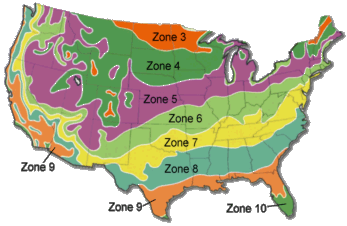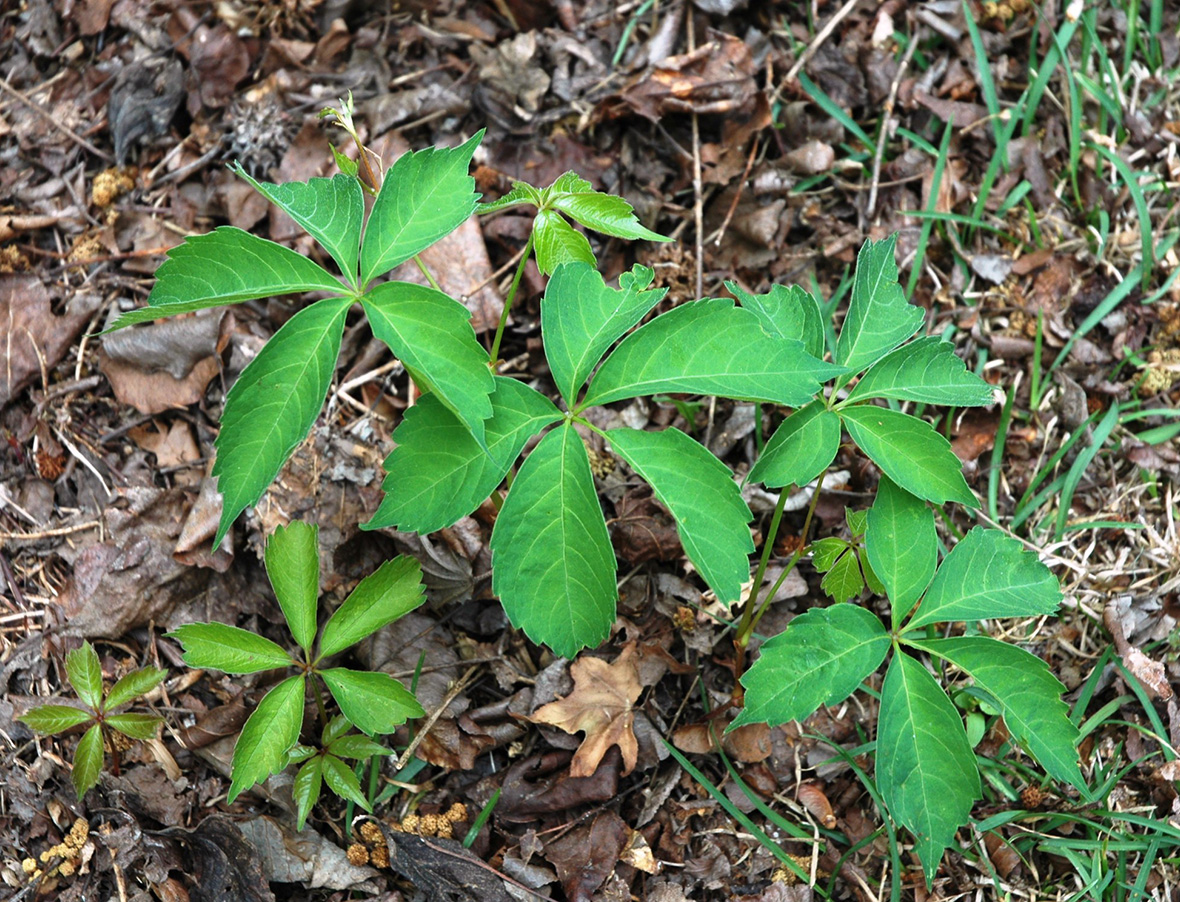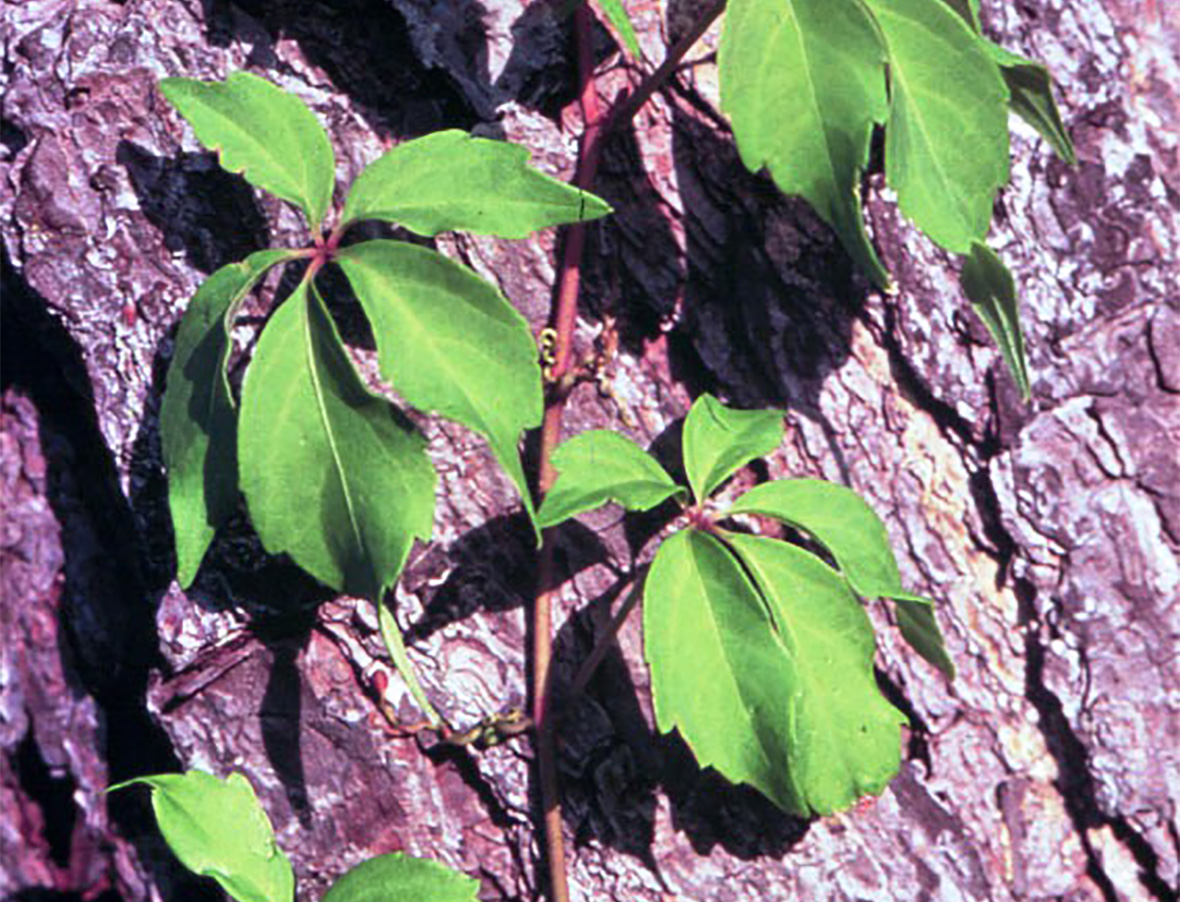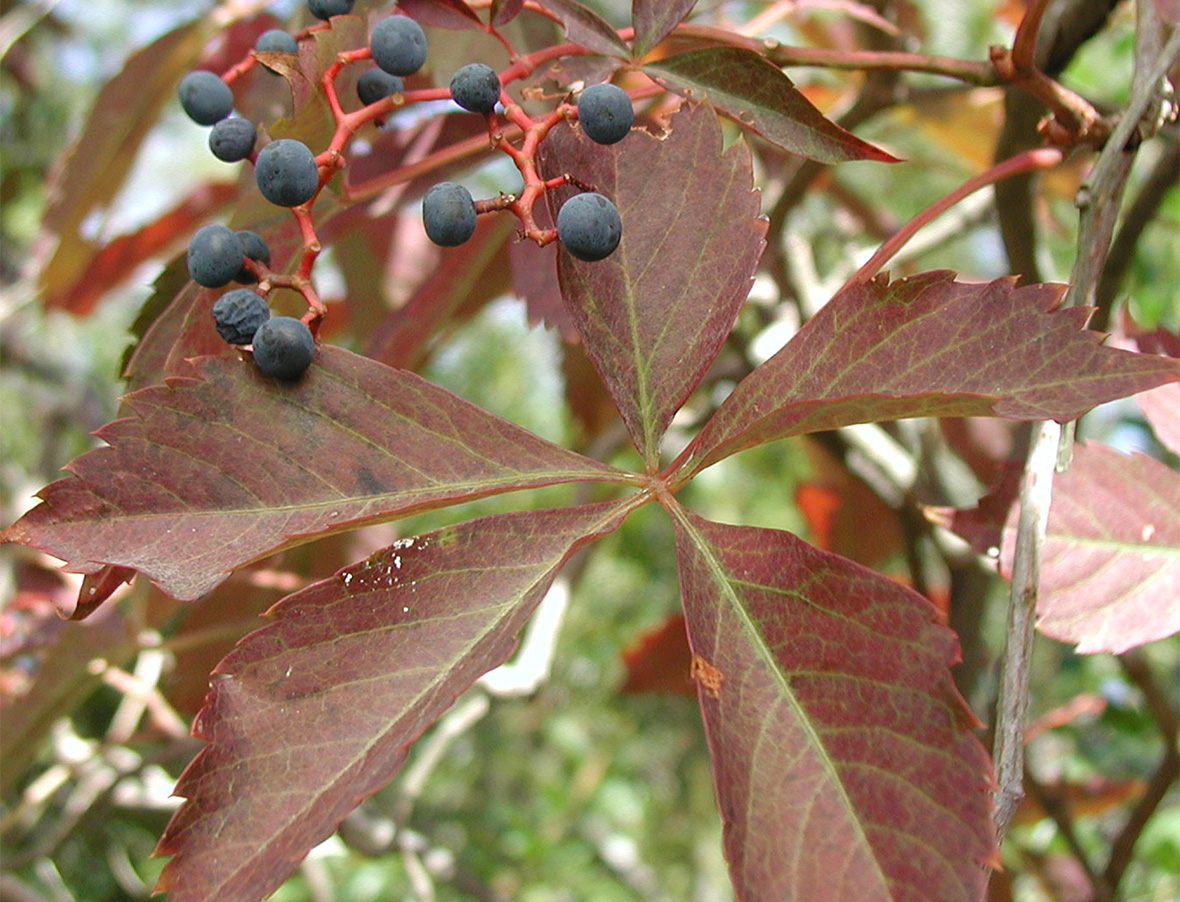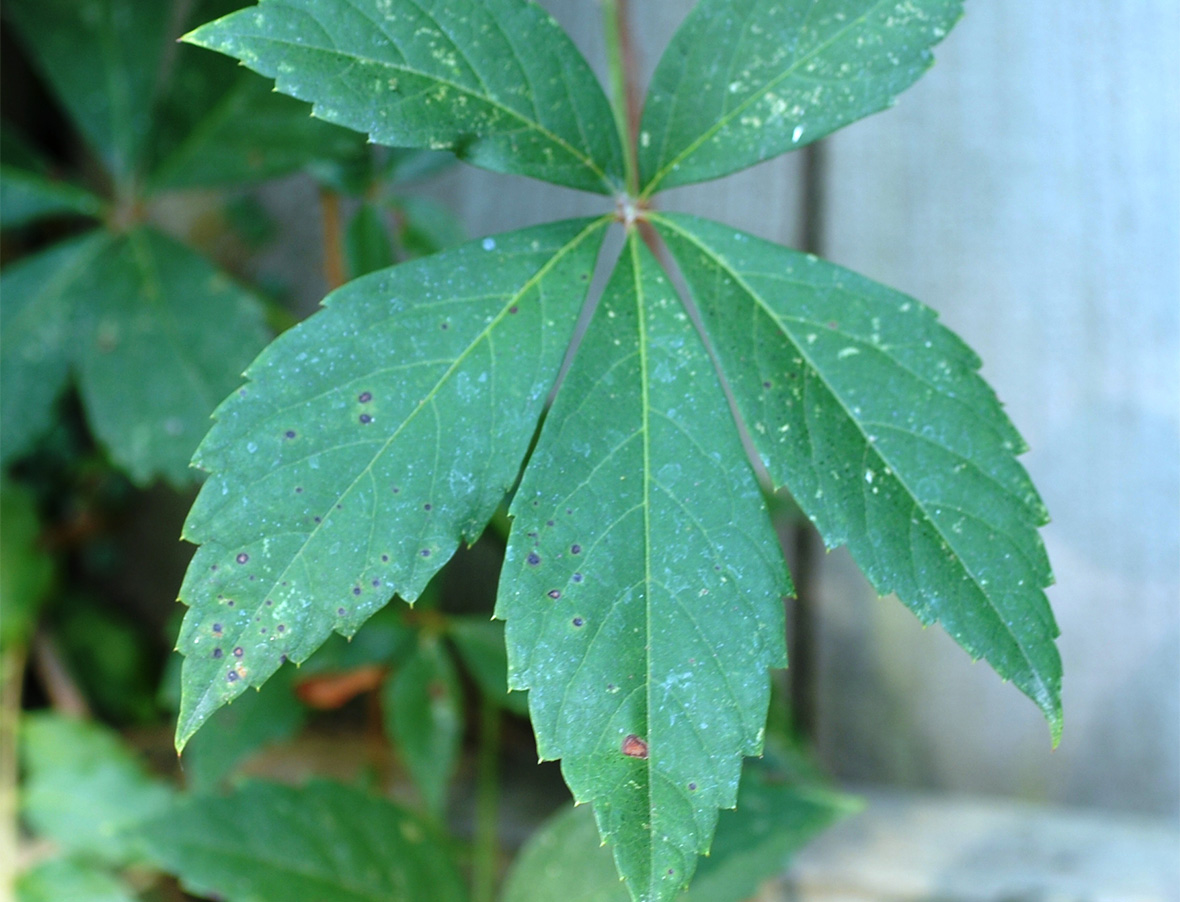Description
Virginia creeper is a perennial deciduous woody vine. The leaves are compound, containing 5 leaflets in a palmate arrangement. Leaves range in size from 2- to 6-inches and have toothed margins. The leaves are red when they first emerge, but turn green as they mature. The leaves turn a bright red in the fall of the year and are often confused with poison ivy. However, poison ivy has only 3 leaflets; Virginia creeper has 5. Virginia creeper can reach heights of 30 to 50 feet. Virginia creeper spreads by seeds deposited by birds. Also, vines spread by attaching tendrils containing adhesive disks on the tips. The stems will root if they come in contact with soil. Flowers are small, inconspicuous, and white/green in color. Small pea size berries, blue-black in color, are produced in the fall. The berries develop on red stems and will stay on into the winter providing food for birds. Virginia creeper is native to the eastern United States.
Weed Photos: Courtesy of Dr. Lambert McCarty. Clemson University. Clemson, SC.
Herbicide Use
For optimum control, make your herbicide application to Virginia creeper that is young and actively growing. Due to the woody nature of the vines and spreading habit, better results may be obtained with an oil base ester product. Fall clean up using an ester herbicide will provide effective management.
Distribution
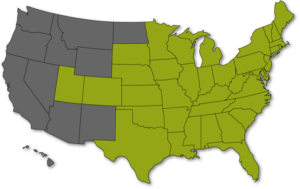
Germination Dates
